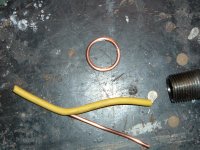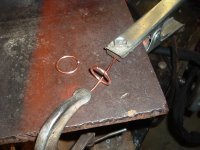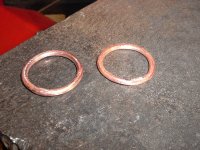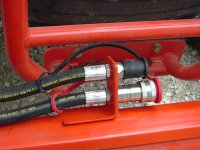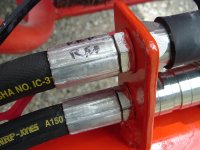Another thing to consider when you're looking at NPTF vs. JIC flare connections. Hoses are designed to be replaced. A hose wears out or gets damaged, and then you remove it and put new hose in its place. This means you are guaranteed to be connecting threads, disconnecting them, and reconnecting them, several times over the life of your equipment. NPTF threads are deformed every time you tighten them. Repeated connecting and disconnecting will only make them more deformed. You have to tighten it more each time, and add more thread sealant to keep getting a tight seal after repeated connections. This affects not only the thread on the hose, but also the threaded ports on your cylinders, pumps and valves.
Straight threads, like JIC flare, don't suffer from this problem. You can connect and disconnect many times without any significant thread deterioration. Adapting your NPTF ports to JIC flare connections can extend the life of your more expensive components by preventing thread damage to the ports.


